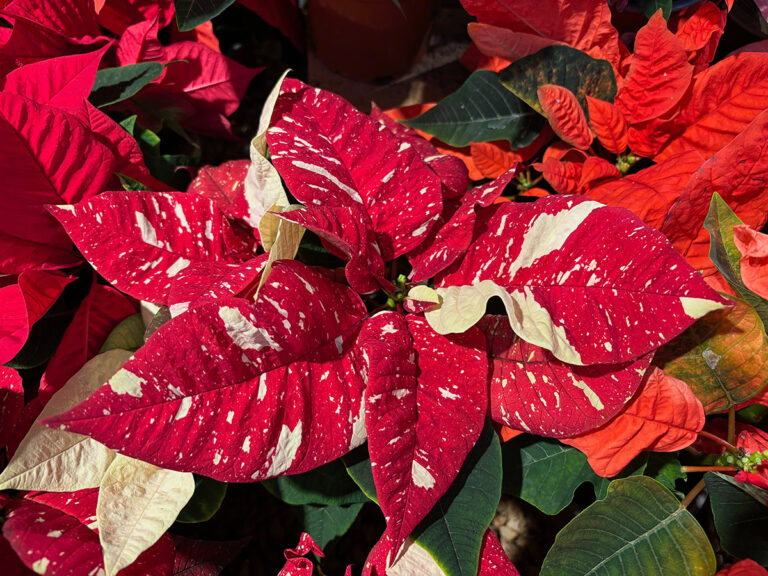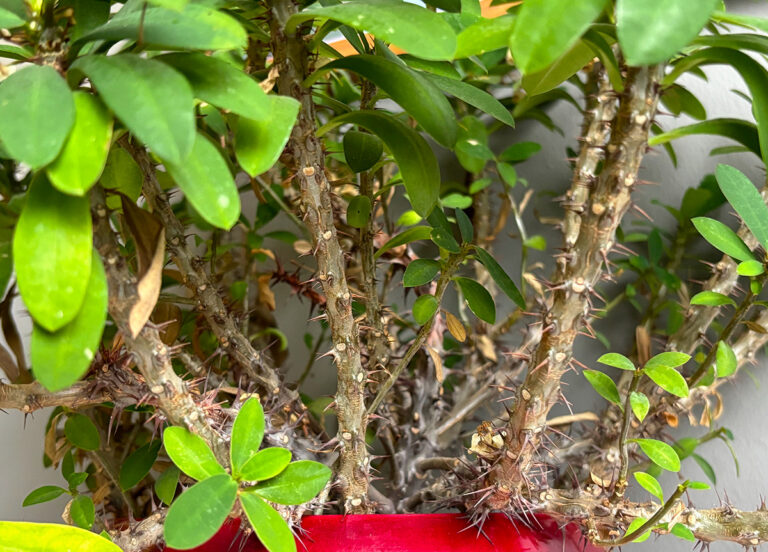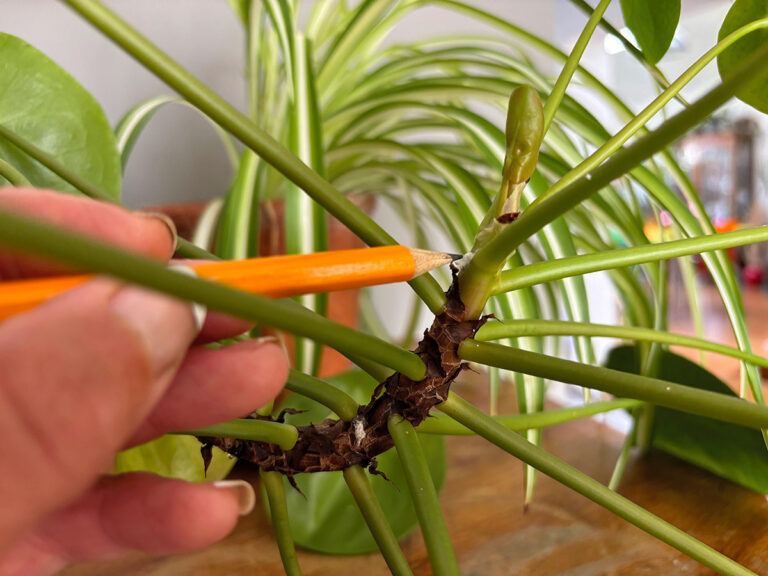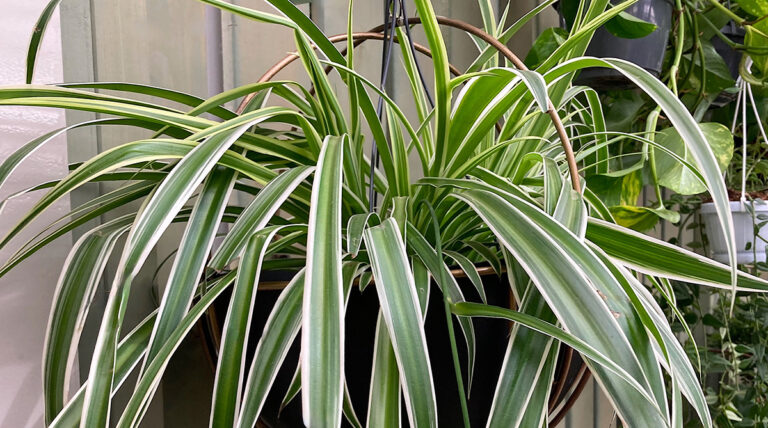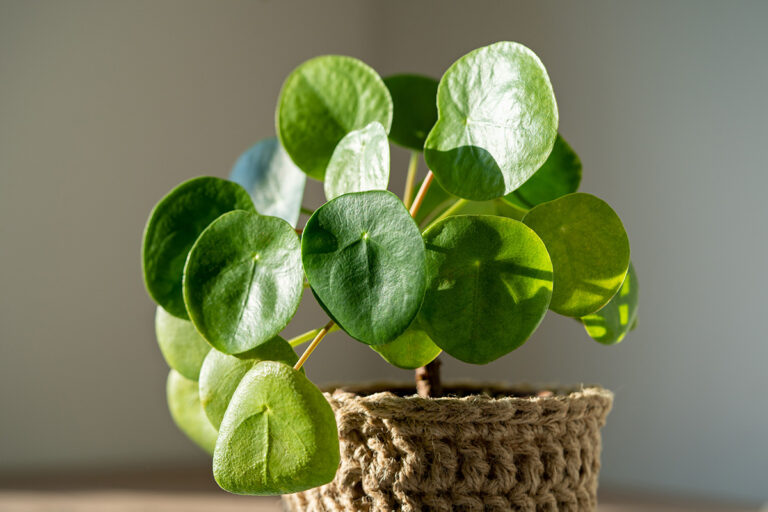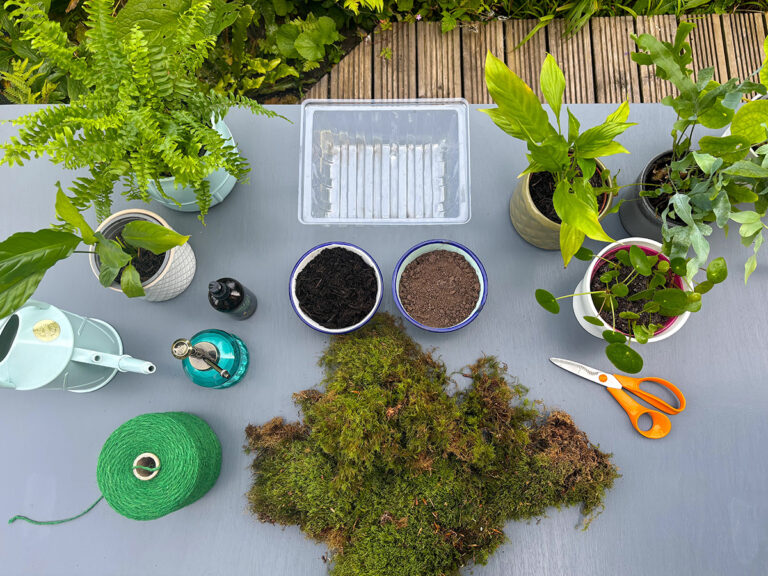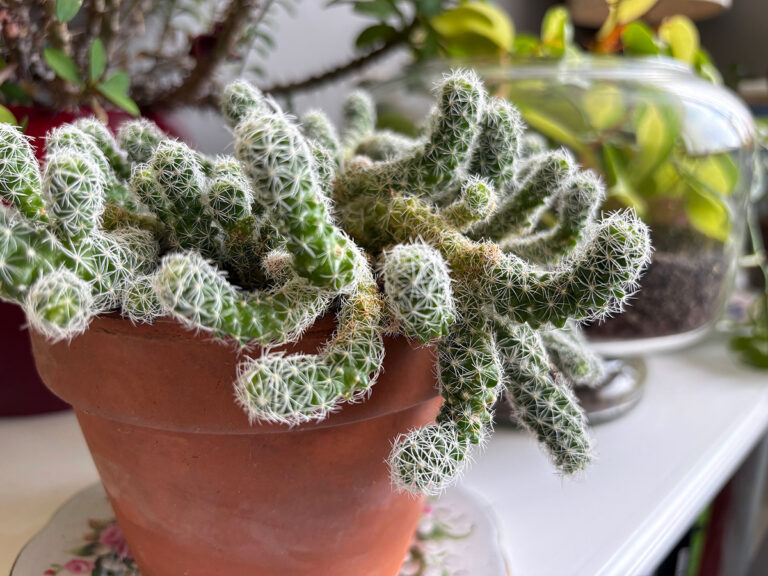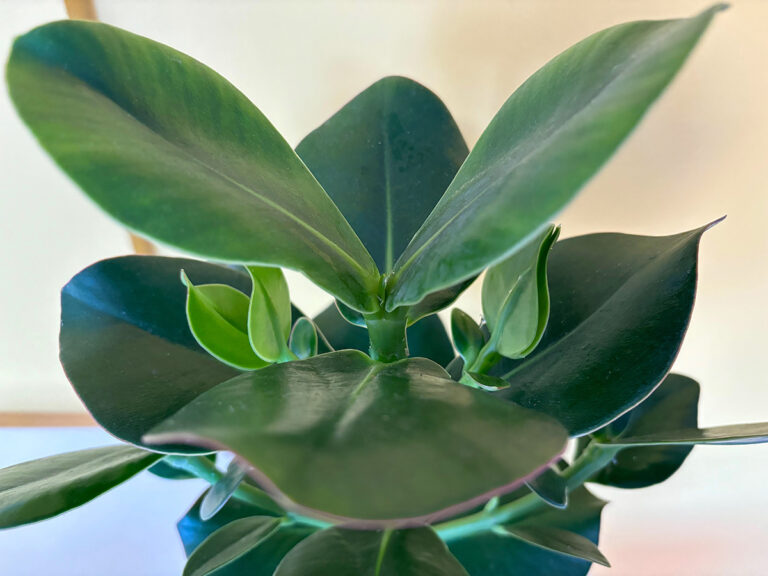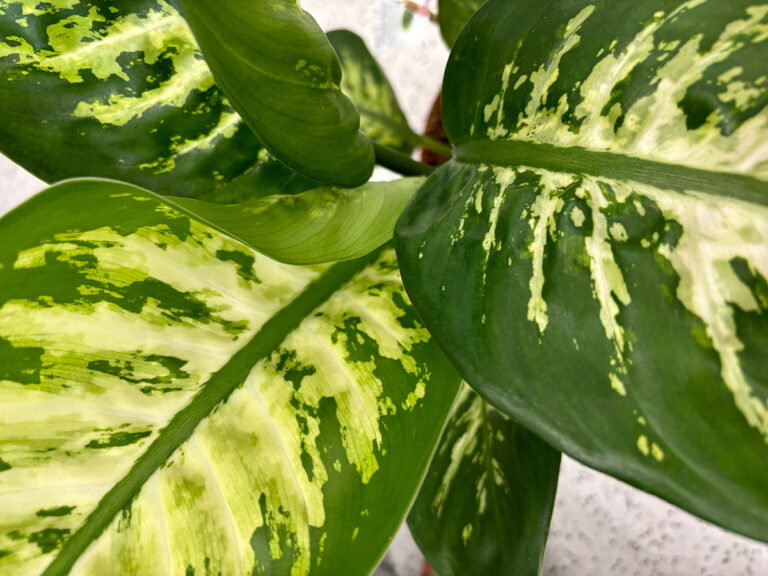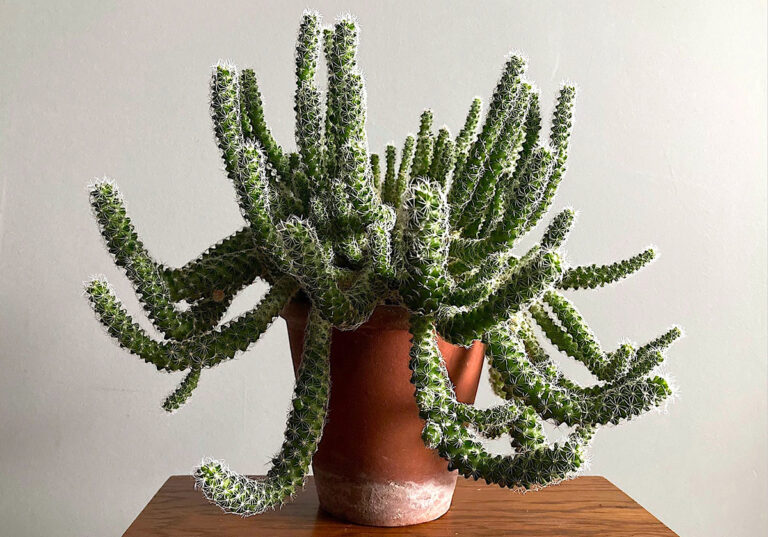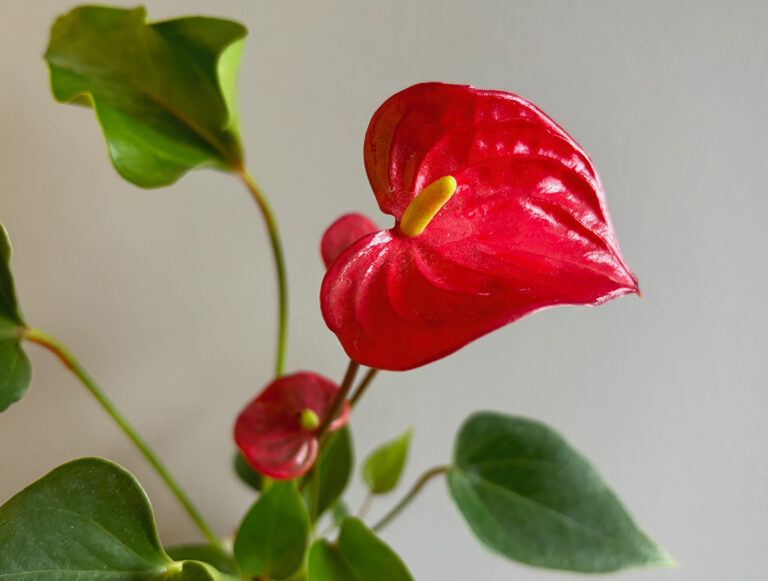“Why are the leaves on my houseplant turning brown?”
It’s a common concern for many owners of houseplants. You’ve just bought a stunning new plant, put it in your desired location and within a week or so, a leaf starts to turn brown and eventually falls off. Losing one leaf is bad enough, but before you know it the plant seems to be shedding them freely.
The good news is it’s perfectly natural for older houseplants to lose some of their lower leaves as they grow, especially at the bottom where they are subjected to more shade. However, there’s likely to be something else to blame if it affects a recent introduction or numerous leaves are starting to turn brown.
Sadly, there isn’t a one-size-fits-all answer to why a plant’s leaves turn brown. There can be a number of reasons, from too much heat to sporadic watering. In order to keep houseplants in good shape and prevent problems, ensure they are given the right care and growing conditions.
The three main reasons for leaves turning brown
Irregular Watering
Poor watering is usually the main culprit for leaves turning brown. If the plant is too dry, leaves will go brown and crispy, so check compost and water if required. The foliage of plants that have been overwatered will soon droop. Ensure the plant is not standing in a saucer of water and allow compost to dry. Check the plant’s needs and water as necessary.
Too Much Light
Many houseplants are light lovers and will sulk if they are put in a position that’s too shady – if the brown leaves are on the side of the plant facing away from the light source, this is likely to be the cause. Move the plant to a better spot and avoid problems by providing plants with the right amount of light from the get go.
It’s Too Hot
Some houseplants hate the dry heat experienced in centrally heated rooms and will show their disdain with leaves that curl, turn brown and fall off. Avoid problems by not putting plants near radiators or other sources of heat, and move plants to a better position if necessary. Mist plants regularly to keep them cool.
The prognosis is good
Fortunately, the outlook tends to be good for houseplants with brown leaves. Once you’ve moved it to a better position and are attending to its needs correctly, then its health should improve. If any dead leaves remain on the plant, simply snip them off to improve its appearance and new leaves will soon appear.

